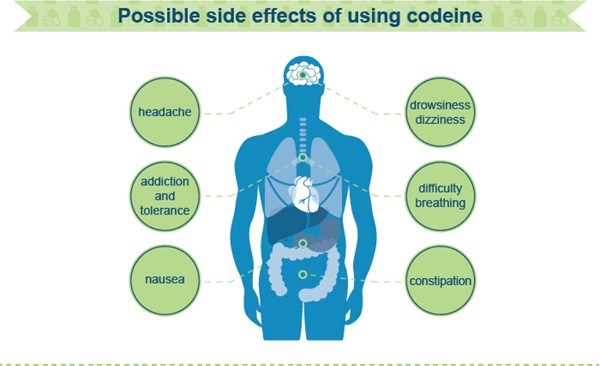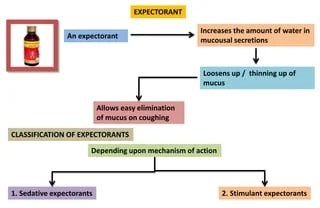Fluticasone (Flonase) a nasal glucocorticoid has been prescribed for a client with allergic rhinitis. The nurse teaches the client which is the most common side effect of continuous use.
Dry nasal mucosa and nosebleeds
Rhinorrhea
Dizziness
Hallucinations
The Correct Answer is A
Nasal glucocorticoids are commonly used to treat allergic rhinitis and work by reducing inflammation in the nasal passages. However, one of the potential side effects of using these medications is the drying of the nasal mucosa, which can lead to discomfort and occasional nosebleeds. It is important for clients to be aware of this side effect and to take appropriate measures to mitigate it, such as using a humidifier, staying hydrated, and gently applying a saline nasal spray if needed.
Rhinorrhea refers to a runny nose and is not a common side effect of fluticasone or other nasal glucocorticoids. Dizziness and hallucinations are also not typical side effects associated with the use of fluticasone. However, it is important to note that individual responses to medications can vary, and if a client experiences any unusual or concerning side effects while taking fluticasone, they should consult their healthcare provider for further evaluation.
Nursing Test Bank
Naxlex Comprehensive Predictor Exams
Related Questions
Correct Answer is B
Explanation
Codeine is an opioid medication that can cause drowsiness and dizziness. Changing positions quickly, especially from lying down to standing up, can increase the risk of falls or accidents.
Instructing the client to change positions slowly helps prevent orthostatic hypotension (a drop in blood pressure upon standing) and reduces the risk of falls.
The other options listed are not appropriate instructions for a client taking codeine:
A. "You should expect to experience diarrhea while taking this medication." While constipation is a common side effect of opioids, diarrhea is not typically associated with codeine use. Therefore, there is no need to expect or warn about diarrhea as an anticipated effect of taking codeine.
C. "You should limit alcohol intake to 12 ounces daily." Mixing alcohol with codeine can have harmful effects, such as increased sedation and respiratory depression. However, it is generally recommended to avoid alcohol completely while taking codeine, rather than setting a specific limit of 12 ounces daily.
D. "You should take the medication on an empty stomach to prevent nausea." Taking codeine with or without food can vary depending on individual factors and the specific instructions provided by the healthcare provider. However, taking codeine on an empty stomach does not necessarily prevent nausea. In fact, taking it with food may help reduce stomach upset for some individuals. It is best to follow the specific instructions provided by the healthcare provider regarding the timing of codeine administration with or without food.

Correct Answer is C
Explanation
Expectorants are medications that help to loosen and thin mucus in the respiratory tract, making it easier to cough up and expel. They work by increasing the production of respiratory tract secretions, which helps to hydrate and thin the mucus, making it less sticky and easier to clear from the airways. By stimulating the production and secretion of mucus, expectorants promote coughing and facilitate the removal of excess mucus and phlegm from the respiratory system.
It's important to note that expectorants are primarily used for productive coughs (coughs that produce phlegm or mucus). If the cough is dry and non-productive, other types of cough suppressants or remedies may be more appropriate.
Regarding the other options:
Reduces inflammation: Expectorants do not have a direct effect on reducing inflammation in the respiratory tract. Anti-inflammatory medications such as glucocorticoids are typically used for reducing inflammation in conditions like asthma or chronic obstructive pulmonary disease (COPD).
Dries mucous membranes: Expectorants do not have a drying effect on mucous membranes. In fact, they work to increase the hydration and fluidity of respiratory secretions.
Suppresses the urge to cough: Expectorants do not suppress the urge to cough. They promote coughing by facilitating the clearance of mucus and phlegm from the airways. Cough suppressants, on the other hand, are medications used to relieve a dry, non-productive cough by suppressing the cough reflex.

Whether you are a student looking to ace your exams or a practicing nurse seeking to enhance your expertise , our nursing education contents will empower you with the confidence and competence to make a difference in the lives of patients and become a respected leader in the healthcare field.
Visit Naxlex, invest in your future and unlock endless possibilities with our unparalleled nursing education contents today
Report Wrong Answer on the Current Question
Do you disagree with the answer? If yes, what is your expected answer? Explain.
Kindly be descriptive with the issue you are facing.
